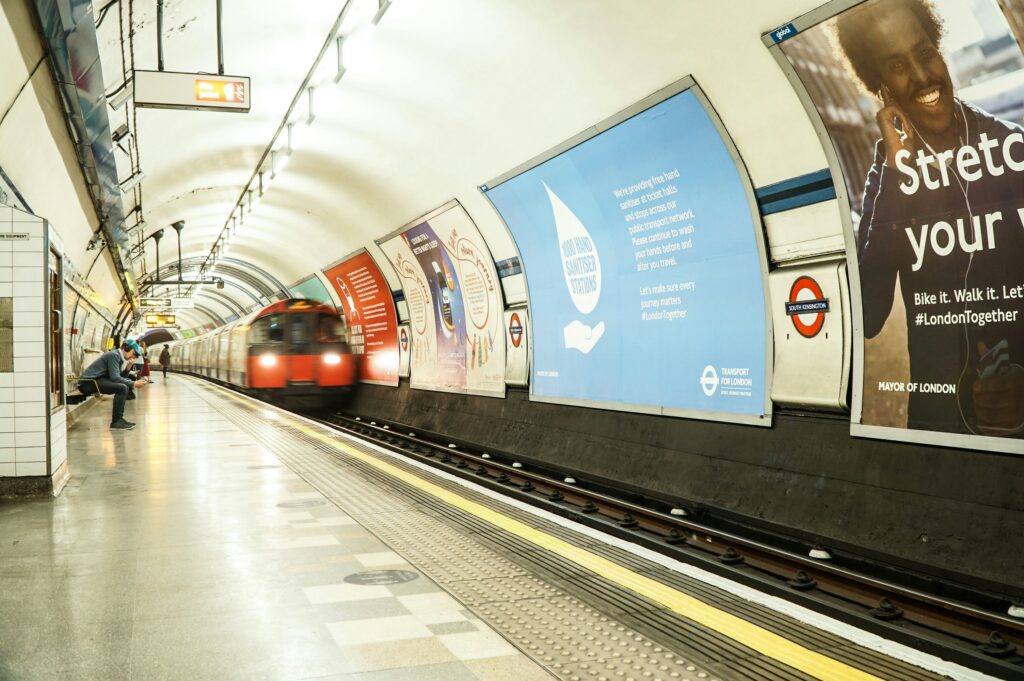How to effectively measure awareness-driving media

When thinking about paid media tactics that drive last-touch conversions, sales, leads or revenue, it’s often lower-funnel tactics like paid search that first come to mind. But there are also a wide variety of upper-funnel tactics that can not only help brands build awareness and intent within their audience, but also benefit those lower-funnel tactics and influence end conversions. Understanding these tactics and how to effectively measure them is crucial to developing a well-rounded media plan that benefits your brand in both the short term and the long term.
What media tactics drive awareness?
Awareness media tactics include — but are not limited to — traditional media (such as out-of-home, print, direct mail, etc.) and digital display media (such as banners, native, online video, etc.), and are beneficial in many specific situations including alerting your audience about new product launches, entering a new market, or just keeping your brand top of mind when you’re in a competitive industry. These types of tactics might not lead to an immediate sale or on-site conversion, but they help introduce new consumers to your brand, build frequency among target audiences, and prime the funnel for eventual conversion.
For example, it would be a little ambitious to expect a billboard to immediately drive thousands of dollars in sales, and it would be a challenge to accurately attribute those sales back to that billboard! If awareness media was measured against immediate conversions, it would almost always come up short compared to lower-funnel tactics. Thankfully, there are plenty of other key performance indicators used to demonstrate the effectiveness of upper-funnel tactics.
Measuring awareness-driving media
Effectively measuring awareness-driving media requires measuring campaign success against the right metrics. Here are five ways to successfully measure the impact of awareness-driving tactics:
1. Media metrics
When it comes to upper-funnel tactics, reach and engagement are typically used for measuring awareness media. Awareness campaigns are often optimized against metrics like impressions (and cost per impression), reach and frequency, and video completion rate. These metrics help demonstrate how many people were exposed to ads, how often they were exposed, and how efficient the campaign was at reaching those people.
In addition to traditional media metrics, certain awareness tactics can benefit from the measurement of attention metrics. For example, metrics like hover rate and engagement rate are often used to measure rich media, which is a tactic that includes more interactive features than standard ads.
2. Influenced conversions
Otherwise known as click-through and view-through conversions, “influenced” conversions are a platform-provided metric (typically provided by the demand-side platform that is being used in conjunction with the pixels that have been placed on a brand’s site) that allow a brand to see the number of conversions that occurred after consumers were exposed to a digital ad. This is inclusive of consumers who saw the ad and clicked on it, and consumers who saw the ad but did not click on it. Therefore, influenced conversions often include consumers who came back to the site and converted at a later time through channels like paid or organic search. Awareness campaigns are often optimized based on the tactics are influencing conversions most efficiently.
3. Studies — brand or intent lift, foot traffic
In addition to media metrics, a variety of studies run with third-party measurement partners can reveal the true impact of awareness media within a brand’s marketing mix.
Brand lift studies survey a brand’s target audience, both those exposed and not exposed to the media, to gauge their awareness and consideration of the brand or product. This can help prove the impact that awareness tactics have on an audience — how they are more familiar with the brand or more likely to consider it now that they’ve been exposed to advertising.
Foot traffic studies are another tool available to marketers to measure the volume of traffic to a physical store or location from consumers who were exposed to awareness media tactics. This can be done via a lift study or by simply monitoring the volume of visits to store locations. This is recommended for clients who sell products at brick-and-mortar locations.
4. Market tests
Light/dark market tests isolate key variables that may cloud an analysis by running awareness media in some markets but not others and comparing the impact on direct and organic site traffic, paid search, and any other relevant metrics. The key to this test is finding light and dark markets that are comparable (these markets are often selected through an analysis of market populations, organic and direct site traffic, and brand search impressions). This is where an agency partner can step in and provide the proper expertise to successfully complete a light/dark market test.
5. Search impact
Similarly, the impact of awareness media can be measured by looking for a positive correlation between awareness impressions and search metrics. This could include a lift in search volume or an improvement in search conversion rate. However, for this metric to be successfully identified, a large media budget is required to make an effect on search traffic. This can be an effective way to test the impact of a new awareness media tactic or campaign.
Bonus tip: media mix modeling
Leveraging media mix modeling can inform how different media mixes are leading to the performance of business metrics like revenue or units sold. Modeling looks at how the channels are interacting together to increase a single overall business outcome. By looking at different media mix scenarios, you can understand how your current mix is performing as well as strategically transition your budgets across all channels, which could mean shifting dollars further up the funnel.
What this means for advertisers
Upper-funnel tactics are an important piece in generating brand awareness and priming consumers for conversion. However, their value is often misunderstood and noted as less impactful. By identifying the proper metrics and analyses for success, marketers will elevate their marketing approach and build more strategic campaigns. Measuring awareness tactics against reach and engagement as well as lift and impact can help marketers effectively demonstrate results.



